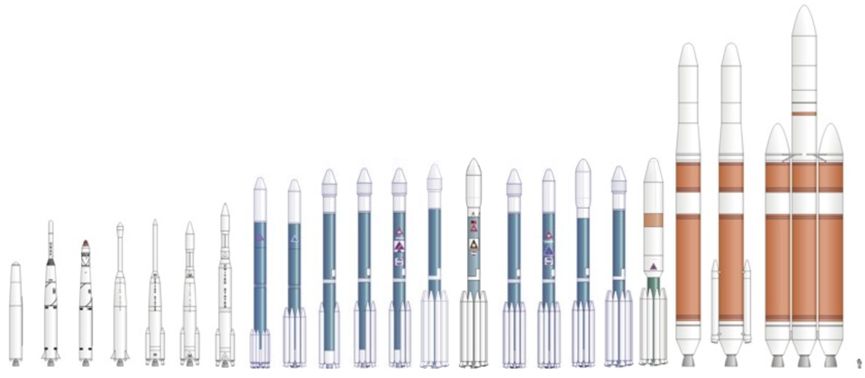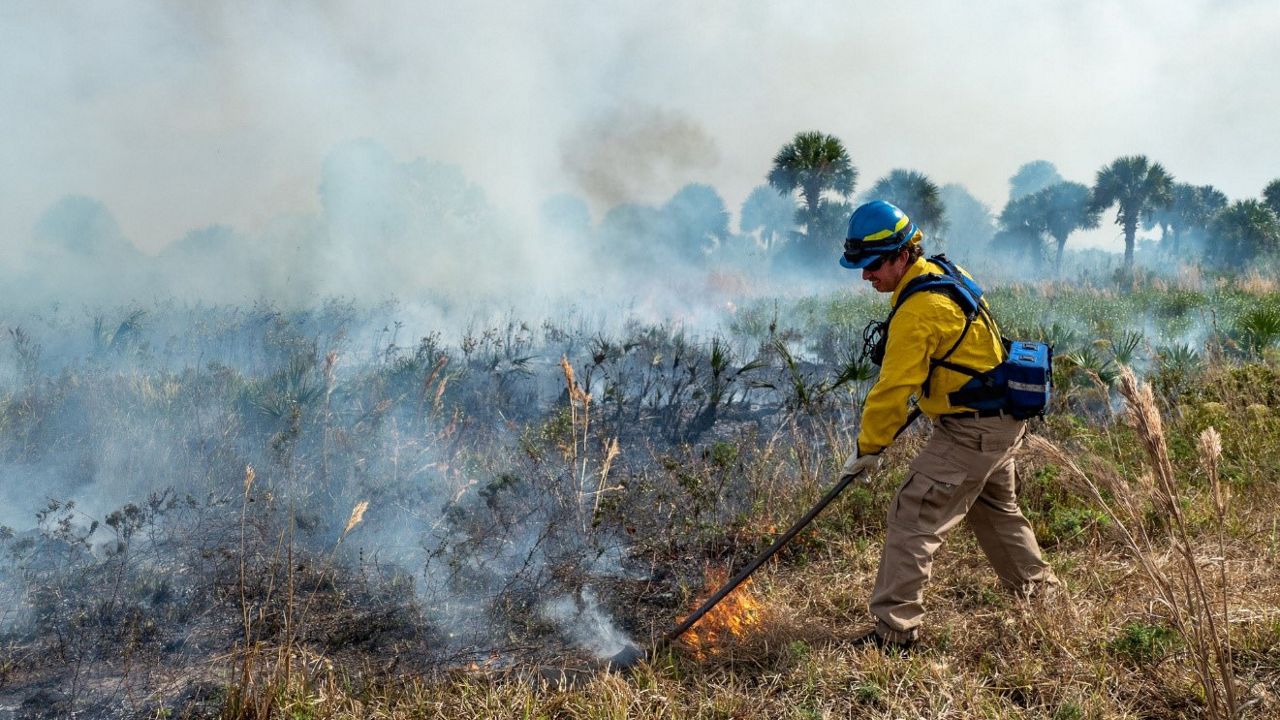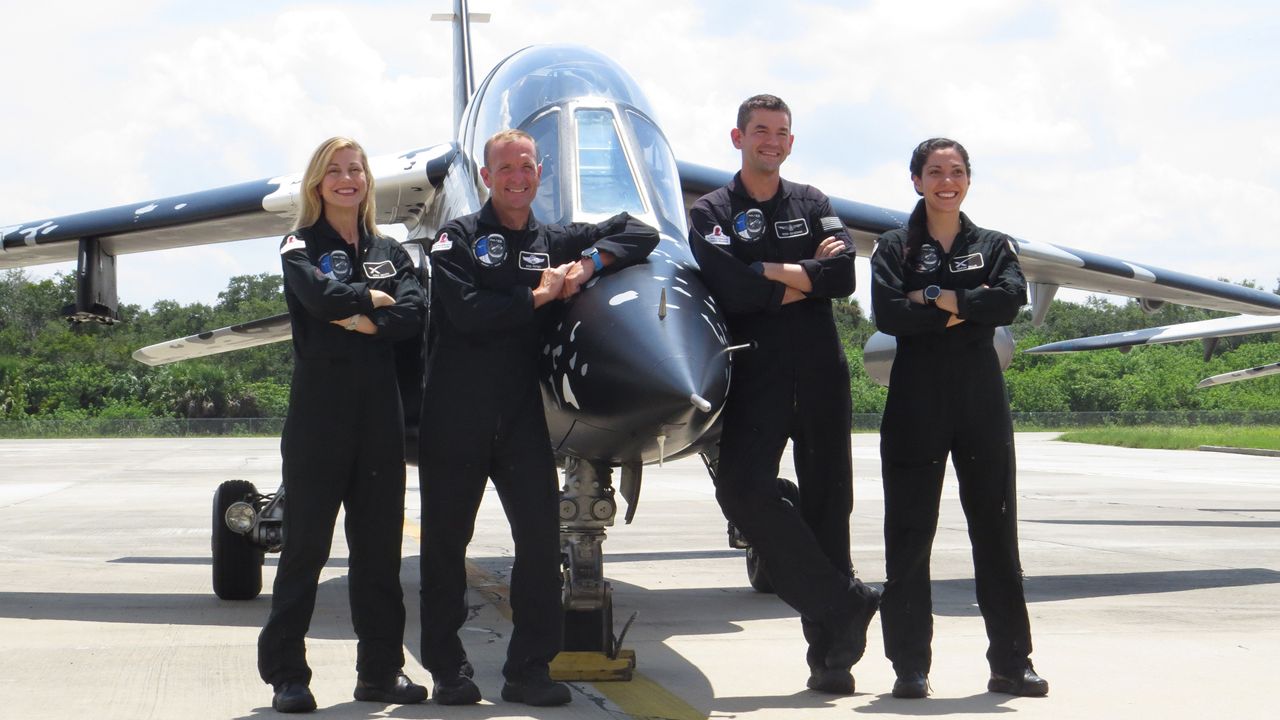CAPE CANAVERAL, Fla. — Roughly nine months after its West Coast swan song, United Launch Alliance’s Delta IV Heavy rocket is preparing to do the same for the East Coast and the program all together.
What You Need To Know
- The NROL-68 mission is the penultimate launch of ULA’s Delta IV Heavy rocket
- The rocket is among the last of the Delta family of rockets
- The first launch of the Delta IV Heavy was back in Dec. 2004
- RELATED: ULA pushes back launch of classified NRO mission due to valve issue
The three-core rocket, capable of generating 2.1 million pounds of thrust at liftoff, will soar on its penultimate flight in the early hours of June 22.
Those who have been with the Delta IV Heavy program through its nearly 20-year launching life, like Steve Huff, said it’s been an incredible journey to watch the evolution of the Delta family of rockets.
Huff came to ULA in 1987 before the Delta II took its first flight in 1989.
“Seeing what was the largest vehicle I had ever worked on before evolve into the Delta IV, which is a monstrosity, and then the Delta IV Heavy, three of these things strapped together, it’s pretty amazing. And seeing that capability and the success we’ve had with both those programs,” Huff said.
He started in a trajectory program at ULA in California before shifting to what was then Cape Canaveral Air Force Station to be a part of the launch team, which was his passion.
“I told them if they sent me to Florida, I’d never be back and I kept my promise,” Huff said. “So, got to come down and go from being a desk, computer person to now interfacing with the rocket.”
The Delta IV rockets have been a critical launch vehicle for the U.S. Space Systems Command (SSC) and the National Reconnaissance Office (NRO). There have been 25 Delta IV Medium missions for the National Space Security Launch (NSSL) program and 12 Heavy missions. The last NSSL Medium mission launched in 2019.
The legacy of the rocket goes back to the 1950s when the Thor Delta missile was being developed and eventually launched in August 1960. It shifted from a ballistic missile system into a launch vehicle for satellites and other payloads.
“I am very proud of the team’s focused dedication to our Delta and Atlas missions. The team performed extraordinarily well last year in the execution of their missions, and I expect this year will build upon those accomplishments,” said Lt. Col. Scott Carstetter, Atlas V/Delta IV Materiel Leader in a statement.

Historical lineage of the Delta family of launch vehicles, from Thor IRBM (developed by Space Systems Command’s predecessor, the Western Development Division in the 1950s) to Delta IV Heavy. (ULA)
Beyond the history of the Delta IV Heavy rocket for national security missions, it also supported a pair of key NASA operations.
In 2014, it launched the first test flight of the Orion spacecraft, which is being used for the Artemis program to the Moon. Four years later, it sent the Parker Solar Probe off towards the Sun to do extensive observation and research of our solar system’s star.
When Huff spoke with Spectrum News on Thursday, he noted that things had gone smoothly with the final checkouts of the vehicle. He said even after flying it a number of times, each launch is its own event.
“I’ve been doing this for 36 years. We’ve got folks on the team from brand new to longer than I’ve been here,” Huff said. “Everybody is still excited when that terminal count happens. It’s like, you can hear a pin drop in here. It’s very serious, but it’s exciting.”
Both the Delta IV Heavy rocket and ULA’s other rocket currently flying, the Atlas V, are both heading towards retirement as the Vulcan rocket prepares to make its debut.
The last mission for the Delta IV Heavy, NROL-70, is set to launch in 2024. Huff said he and the ULA team are looking forward to making the transition to Vulcan, but said it will be sad to see the end of the Delta era.
“I hate to see it end. This majestic vehicle on its next-to-last launch, but knowing that we’re turning it over into good hands with the Vulcan rocket makes it all worthwhile,” he said.
Happy launch eve! We’re back at the Space Coast for #NROL68, A Drive to Goodbye, launching in less than 24 hours. 🚀🌴 pic.twitter.com/kmGzupOqTe
— NRO (@NatReconOfc) June 20, 2023









